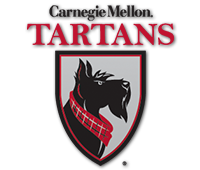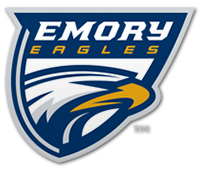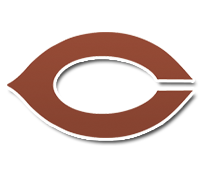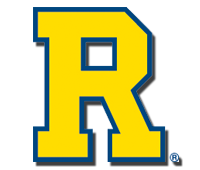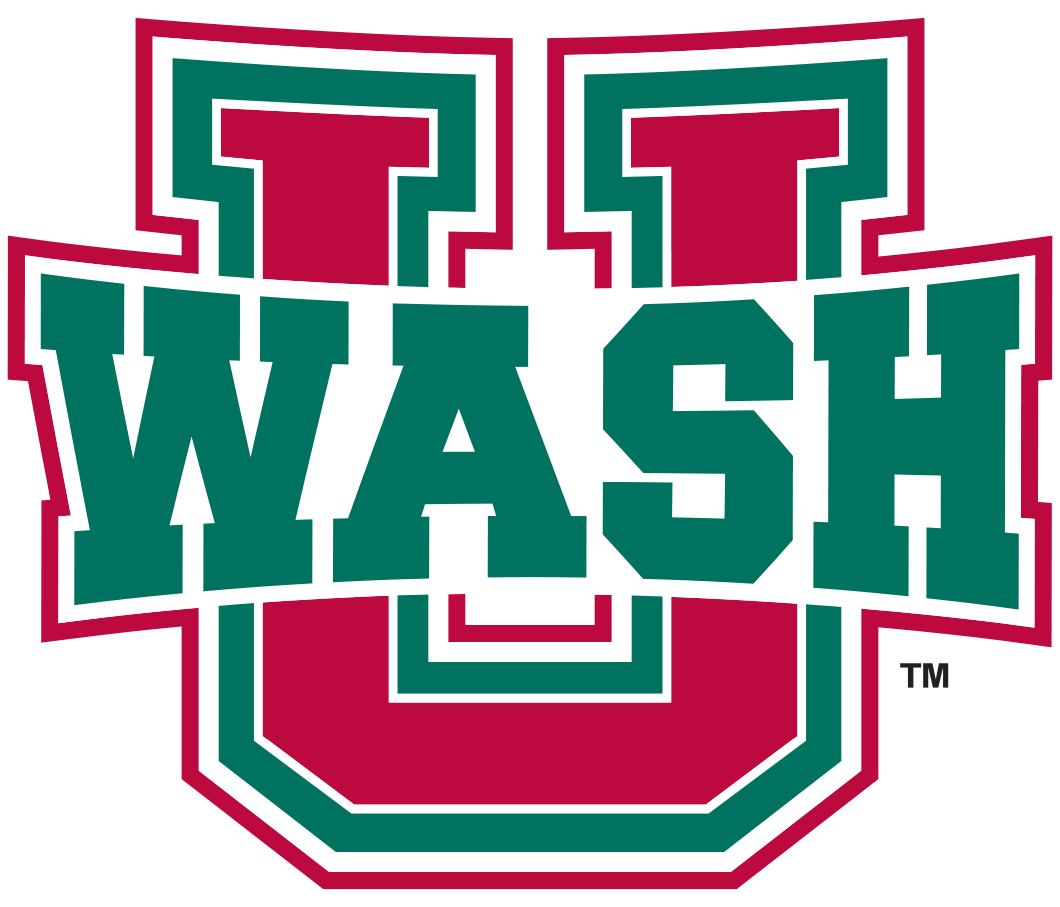
Photos courtesy of Naji Saker (https://www.najisaker.com/)
For a program without an indoor track, Carnegie Mellon University’s track and field team uses the annual Battle for the Obelisk against Case Western Reserve University as an opportunity to both compete in an intense dual meet and come together as a full team.
“We generally leave so early for invitationals. We bring two buses with only people competing, and sometimes we have to be there as early as 4:30 or 5 a.m.,” said 2019 graduate Isaac Mills. “For this meet, we show up at the gym at 8 a.m. for breakfast with the entire team. The other meets, we eat bagels and sleep on the bus. In three of my four years, we brought everyone, even those who were injured and wouldn’t be able to compete.”
Fellow graduate Debi Bhanja finished her career with six first-place finishes individually and two more as part of relays at the Obelisk, but she was one of those injured student-athletes in her first year. “I got injured the weekend before so I was brought along to help take video,” she recalled. “I did help coach my teammates through their jumps. I was really disappointed not being able to compete, but playing the coach role was a great way to contribute.”
Seniors Kate Reilly and Fred Dauphin will be among those partaking in one of the breakfasts’ most memorable traditions. “Seniors give pump-up speeches so we are at a high level from that moment on for the entire day,” Reilly described. “Seniors talk about what the meet means to them and captains talk about the past couple years at the meet,” Dauphin explained. “This is how we support one another, how this meet is so much bigger than ourselves.”
THE IMPORTANCE OF THE MEET
“My first Battle for the Obelisk was actually my first collegiate meet as I was recovering from mono over the Christmas break and missed our first two meets,” said 2019 graduate Reed Farber, who would become a Tartan legend at the event. “I honestly didn’t really understand how big the meet was and how important it was to the team until that year’s captains brought the whole team together and gave an insane pump-up speech that I had never really thought would be associated with track meets.”
Playing football for Carnegie Mellon, junior Bram Miller knew early on that CWRU was their main rival. “Leading up to my first Obelisk, I heard it was one of the biggest meets of the entire year,” he commented. “I expected it to be a typical meet, but it was completely different when I got there. As throwers, we are usually off to a corner wherever they can find a spot for us so we usually don’t see a lot of the rest of the meet. This meet, we are in the middle of things and get to watch races like the 60 and 400 right next to us.”
“When you walk into the Veale Center before the event starts, they have the pump-up music and their newly designed graphic t-shirts,” Bhanja remembered. “One year they had a shirt with a Spartan walking a Tartan dog on a leash. It is such a competitive vibe, us versus them.”
Competing at Cardinal Spellman High School in Brockton, Mass., Dauphin faced conference opponents in dual meets regularly. “All the dual meets were at the Reggie Lewis Center (in Boston). The Obelisk was my first experience where it was just us and our opponent,” he remarked. “I learned from the other athletes that it is a super hyped and personal meet.”
CHEERING ON ALL TEAMMATES
“One of my favorite aspects of the meet is relying on teammates you haven’t gotten to know yet. We all identify with being Tartans, even if we don’t know who everyone is,” Reilly explained. “We are boisterous, screaming for people we haven’t talked to before to encourage them to run faster, jump higher. It’s fun to come together so early in the season.”
“The meet stands out as one of my favorites, if not my favorite, of the year. Everybody is giving their all to pass that runner, jumper, or thrower ahead of them not wearing the same color,” Farber described. “Having your entire team, men and women, there competing for one another against a common rival really gets the building loud and brings out the best in people. It’s really the meet where the team comes together and bonds.”
“The Obelisk is uniquely positioned that the cross country team and the track and field team are one. We all practice at different times so it is the first time we are all together,” Bhanja articulated. “We are combining forces of all different aspects of the team, learning each other’s names. The other merit of that is the energy and constant buzz that it creates during the event.”

“It gets so loud at a track meet where there are so few people,” Mills recounted. “We both care a lot and want to win. It is hard to conceptualize how much of a team bonding experience this is at the beginning of the season.”
“I never get to see the whole team, even at practice,” Miller stated. “You don’t even realize how many people are actually on the team. It’s always a fun experience, especially when we are all crowded around the first event. It’s a huge mass of Carnegie Mellon track and field athletes.”
SETTING THE TONE AND THE UNKNOWN
The mass of Carnegie Mellon student-athletes becomes evident immediately when the meet opens with the long jump in one of the corners of the Veale Center. “It is an awesome atmosphere at the long jump. My first year, Dom (CWRU multi-sport athlete Dom Oddo) and I had already connected at the previous week’s meet and were competing against each other again,” said Dauphin, who competes in the long jump and the triple jump.
“The coaches have expectations that we will set the tone in the long jump. As a long jumper, it is really motivating to do well with all my teammates around the runway. Even the mechanics of the jump are heightened with all of them there,” described Bhanja, who won two long jump titles in three years at the event, including in 2017 when the Tartan women outscored the Spartans for the first time. “That was a really good feeling to start that meet off like that. It was special for our women to win and I was glad to be a part of it.”
The Tartans have also found inspiration in teammates rising to the occasion, perhaps none more surprising than Kevin Cory’s victory in the 5,000 meters in 2018. He finished sixth in the event in the previous year’s Obelisk and was facing CWRU All-American Sam Merriman. “Kevin, who was my roommate the year before, just kept running with him and then outkicked him in the final 50 meters,” Mills recollected. “That was an awesome moment to see him break out. He had been hurt and we didn’t know how good he was. The whole team hoisted him up on our shoulders.”
TARTAN WOMEN STEPPING IT UP
The CWRU women’s side outscored Carnegie Mellon in each of the first eight Obelisk events, but the Tartans have taken two of the last three. “We have talked about not wanting to have to depend on the men’s team to win the meet. Our goal coming out of my freshman year was that we wanted to pull our weight to win our side of the meet and claim our competitiveness,” Reilly explained. “It’s nice to win regardless, but it is sweeter when we win on both sides.”
Without the depth that the Carnegie Mellon men’s side possesses, the women’s athletes often participate in events they wouldn’t otherwise compete in. In her junior year, Bhanja competed in six events in the five-hour meet. “I didn’t have any qualms about doing that and coach didn’t ask me to do it,” recollected Bhanja, who competed in the triple jump and high jump for the first time. “There is no event limit in the meet so I had a chance to score in various events. We were low on team members and every point counts so much.”
With their best high jumper, Tessa Allen, abroad during the 2018 Obelisk, the Tartans held tryouts in the event the week before the meet. “We needed people to fill the event. I cleared the bar so I was in,” laughed Bhanja. “The triple jump was a little more natural to me because of the long jump. We all had the mentality that we will do anything for the team to win.”

“The women’s team has smaller numbers, but they work so hard and it was great to see them grow and compete to win their side of the event,” Mills remarked. “This meet gives us the chance to encourage and support them as one team.”
FANTASTIC FINISHES: THE HIGH JUMP
The Tartans are on a three-year winning streak, but two of those were close meets, particularly the 2018 meet, where they won 139-133.
Both the 2017 and 2018 Obelisk meets came down to the final two events with the high jump being the closing event both times. Farber capped off the Tartans taking back the trophy in 2017 where he posted a personal-best mark of 1.93 meters to win the event. “It was just an amazing experience to be the last jumper left in competition standing there about to begin my approach. The entire arena was silent as I began my run, only to have my team erupt and celebrate with me as I cleared the highest mark I had ever done before,” Farber commemorated.
The drama only increased the following year when the title came down to the shot put and high jump. “Gary told me we pretty much needed to sweep the shot put to be in a position to win,” Miller said. “We did and after that, we all went to the high jump to watch Reed.” Miller, Jacob Schofel, and Julian Nelson finished 1-2-3 in the shot put to set the stage for Farber.
The Tartans needed at least a second-place finish in the high jump to secure back-to-back championships. “After the 1.85 height, it was just me and two CWRU jumpers left with me jumping last. All three of us missed our first attempt and then the CWRU jumpers missed their second attempts at 1.90, giving me the possibility to clinch the meet with a clear,” Farber shared. “I’ll never forget the jitters I had standing alone before the bar and the rush of adrenaline as I ran my curve to the pit. It was dead quiet as I jumped and then I heard a roar of cheering as I was in the air, and before I even knew it, I had cleared the bar.”

CHECK OUT REED FARBER'S CLINCHING HIGH JUMP
“We were all huddled around,” Miller said. “It was so quiet and then we erupted. It was a great feeling.” Mills was not surprised at all that Farber, who won the high jump his last three years in the Obelisk, sealed the win. “Reed was always clutch in the high jump, clearing each height when it was necessary,” he added.
RELATIONSHIP WITH CWRU
Through victories or defeat and the intensity of the Battle for the Obelisk, the consistent theme of the student-athletes on both sides is the camaraderie between the two programs despite the fierce competition between them.
“CWRU is a parallel school and program for us,” Bhanja stated. “You get to know the coaches and the competitors. We have a different sense of community with them. We give each other pointers at other meets and bond with them at the UAA championships.”
“It’s fun to compete against people you are so well-matched with. The rivalry runs through the whole school,” said Reilly of the overall Carnegie Mellon-CWRU rivalry. “We have the Academic Bowl in football. It’s great to have that sense of beating the other nerds. The meet reflects the high level of competition in Division III and the UAA, and how much time we put into it.”
“We have a relationship with CWRU. We chat with them, know about them, and root for them,” added Mills. “We have such a friendly rivalry. We have pizza with each other and cheer them on at UAA meets.”
“With daily life, classes, and with friends, I am a very happy-go-lucky, joking, chill comedian. For meets, my personality changes to being extremely competitive and pretty aggressive, not cracking a smile until I am done with my events. The Obelisk only multiplies that effect because of how important the meet is,” Dauphin explained. “I respect all their athletes and their coaches. It is great to be in that intense atmosphere with people you like.”
“The Obelisk really stands out to me because of how respectful the rivalry is,” Farber concluded. “We’re actually close with many of the CWRU athletes and want to see them do well, just as much as we want our own teammates to succeed. Both teams want to beat the other team at their best.”





